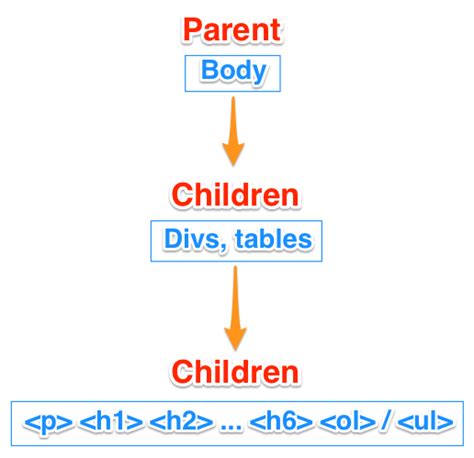Introduction

In the realm of web development, Cascading Style Sheets (CSS) play a pivotal role in enhancing the visual appeal and functionality of web pages. CSS allows you to control not only the appearance of individual elements but also the behavior of those elements in relation to their parent and sibling elements. One powerful CSS selector that enables precise targeting of child elements is the :not(:first-child) selector. This selector empowers you to apply styles exclusively to all child elements except the first one, opening up a myriad of creative possibilities for web design.
Understanding the :not(:first-child) Selector
The :not(:first-child) selector is a negating selector that excludes the first child element of a parent element from the specified styles. Its syntax is:
parent-selector :not(:first-child) {
/* Styles to be applied to all child elements except the first */
}
For instance, consider the following HTML structure:
- Item 1
- Item 2
- Item 3
To style all list items ( elements) except the first one, you would use the following CSS rule:
ul li:not(:first-child) {
background-color: lightgray;
}
This rule would apply a light gray background color to the second and third list items, while leaving the first list item with its default background color.
Applications of the :not(:first-child) Selector
The :not(:first-child) selector offers numerous applications in web design and development, including:
- Creating alternating backgrounds: Alternate the background color of table rows, menu items, or any other list of child elements.
- Highlighting non-first elements: Draw attention to specific child elements by applying a border, shadow, or other visual effect to all but the first one.
- Styling parent elements based on child elements: Apply styles to parent elements based on the presence or absence of non-first child elements.
-
Creating collapsible menus: Hide all submenus except the first one using the
:not(:first-child)selector to toggle visibility. - Custom hover effects: Create hover effects that trigger when any child element, except the first, is hovered over.
- Dynamic content loading: Implement lazy loading or pagination by revealing subsequent child elements only when needed.
Table 1: Example Applications of the :not(:first-child) Selector
| Application | CSS Rule | Description |
|---|---|---|
| Alternating row backgrounds | table tr:not(:first-child) |
Alternates background colors for table rows. |
| Highlighting non-first paragraphs | p:not(:first-child) |
Applies a border to all paragraphs except the first one. |
| Hiding collapsible submenus | .menu li ul:not(:first-child) |
Hides all submenus except the first one. |
| Custom hover effects | .card-list li:not(:first-child):hover |
Creates a hover effect for all list items except the first one. |
| Dynamic image loading | .image-container img:not(:first-child) |
Lazy loads subsequent images in a gallery. |
Effective Strategies and Tips for Using :not(:first-child)
-
Combine multiple selectors: Utilize the
:not()selector in conjunction with other selectors to create more specific and targeted styles. -
Use multiple negations: Apply multiple
:not()selectors to exclude multiple types of child elements from specific styles. - Specify the parent selector carefully: Ensure that the parent selector accurately identifies the element containing the child elements you wish to target.
-
Use semantic HTML: Structure your HTML code semantically to facilitate the use of CSS selectors like
:not(:first-child).
Common Mistakes to Avoid
-
Overusing the
:not()selector: Avoid excessive use of the:not()selector, as it can lead to complex and difficult-to-maintain CSS code. - Negating too many selectors: Avoid negating a large number of selectors, as it can significantly reduce the performance of your web page.
- Negating important elements: Ensure that negated elements do not play a crucial role in the functionality or accessibility of your web page.
Conclusion
The :not(:first-child) CSS selector is a powerful tool that enables you to target specific child elements and apply styles accordingly. By leveraging its functionality, web designers and developers can create visually appealing and interactive web pages. By understanding the applications, strategies, and tips discussed in this article, you can harness the power of :not(:first-child) to enhance your web designs.
